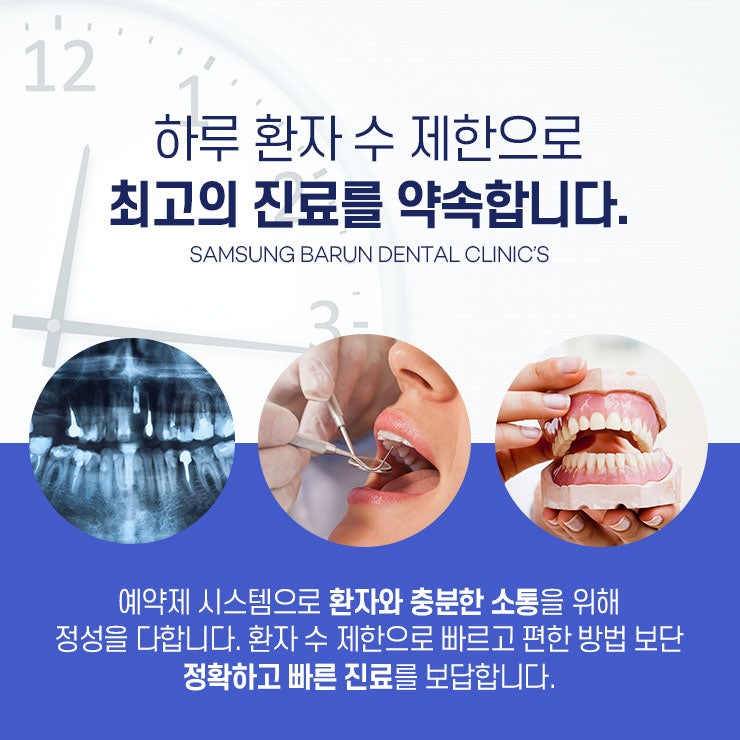The basic unit of our body was cells. Cells normally produced new cells and repeated the process of removing aging cells. Through this process, the number of cells is maintained constant and healthy body functions are maintained, but when cell abnormalities occur, abnormal cells do not die and divide indefinitely, resulting in a rapid increase in the number of cells. This caused some of the tumors to develop into cancer.The tumor was divided into benign and malignant. The benign tumor was relatively easy to treat due to its slow cell growth rate and no metastasis to surrounding tissues. However, some benign tumors were at risk of turning malignant, so caution was needed.On the other hand, malignant tumors were difficult and complicated to treat due to rapid growth rate, invasion of surrounding tissues, and metastatic properties.incidence and cause of tonsil cancerTondyloma is part of the lymphatic system and occurred in large irregular lymphatic tissue located in the mucous membrane around the mouth of the mouth. This structure was divided into palatal tonsils, pharyngeal tonsils, and lower tonsils, and was also known as tonsil rings.Smoking and drinking were cited as the main causes of tonsil cancer. Smoking increases the risk of cancer as carcinogens in cigarettes come into direct contact with tonsils. Drinking also stimulated tonsils and pharynx areas, increasing the risk of cancer.In particular, if smoking and drinking are carried out at the same time, the risk of cancer has increased. Human papillomavirus was also pointed out as the cause of tonsil cancer. Human papillomaviruses No. 16 and No. 18 which are the main causes of cervical and skin cancer are considered to be important causes of tonsil cancer, and the risk of tonsil cancer has increased if infected with the virus.The treatment process for tonsil cancer was very important from the diagnosis stage to post-treatment management. If the tonsils became stiff, we had to check for cancer through a tissue test and examine the possibility of metastasis to the cervical lymph nodes.After that, CT, MRI, and PET tests needed to check the degree of cancer invasion and whether there was a systemic metastasis. Most tonsil cancer symptoms appear late, so there were many cases where it was already in progress when it was discovered.Initial symptoms include dysphagia, pain, foreign body sensation, oral bleeding, ear pain, and lumps of neck, which may cause difficulty in jaw movement. Tone cancer treatment mainly removed malignant tumors and infiltrated tissues through surgery.Surgery was performed carefully considering the patient’s diet and preservation of respiratory functions, and radiation therapy was also performed as needed. In the case of advanced tonsillar cancer, additional radiation therapy or anticancer chemotherapy after surgery should be considered. These treatments were determined by the patient’s stage and condition and could be accompanied by various difficulties.anticancer patient managementOur hospital focused on managing the physical strength and immunity of patients during the anticancer process. To that end, we provided anticancer immunotherapy and oriental medicine treatment.Anti-cancer immunotherapy strives to strengthen the patient’s immune system and promote self-healing ability, and oriental medicine treatment is a prescription based on R&D to help improve the patient’s anti-cancer aftereffects, improve physical strength and immunity, and relieve cancer pain.In addition to providing a pleasant hospitalization environment for the patient’s recovery, the patient’s nutritional status was managed through anticancer food.In addition, we tried to contribute to relieving pain and reducing active oxygen through high-pressure oxygen treatment. This comprehensive approach could also help tonsil cancer patients improve their quality of life and recover better.In addition, we tried to contribute to relieving pain and reducing active oxygen through high-pressure oxygen treatment. This comprehensive approach could also help tonsil cancer patients improve their quality of life and recover better.In addition, we tried to contribute to relieving pain and reducing active oxygen through high-pressure oxygen treatment. This comprehensive approach could also help tonsil cancer patients improve their quality of life and recover better.Previous image Next imagePrevious image Next imageHere’s the previous image. Here’s the next oneHere’s the previous image. Here’s the next one
.png?type=w800)


